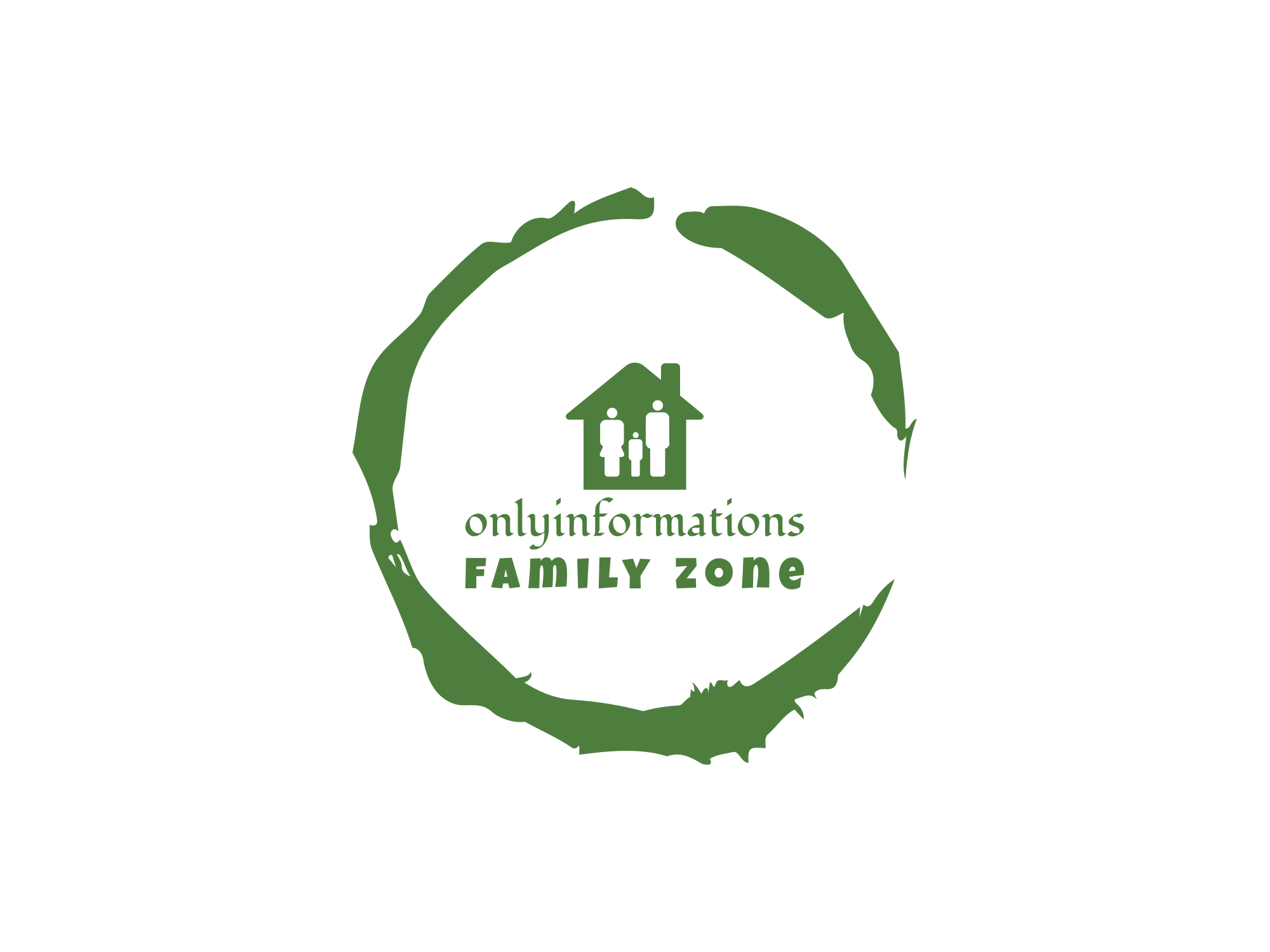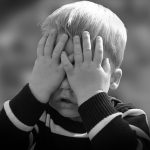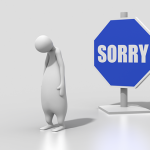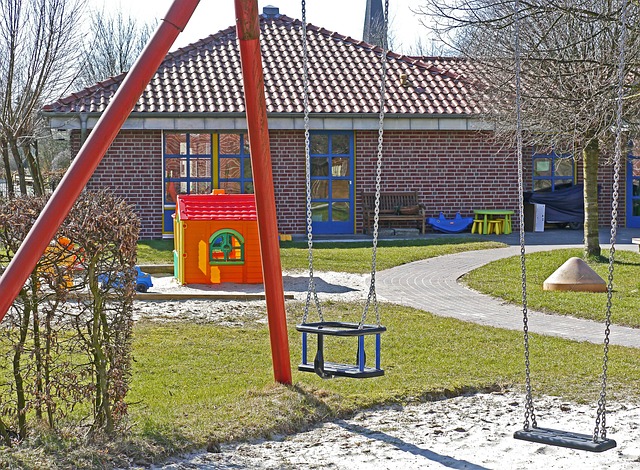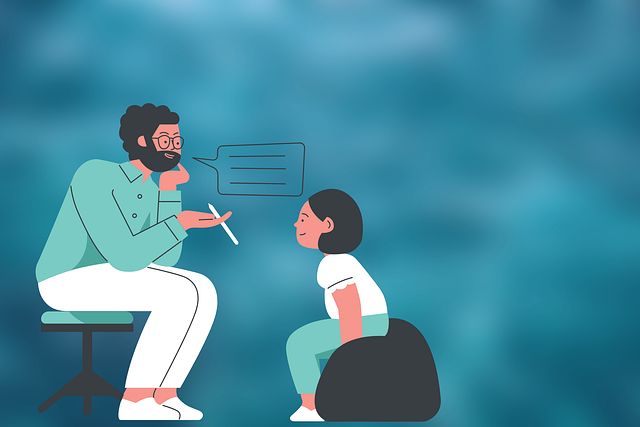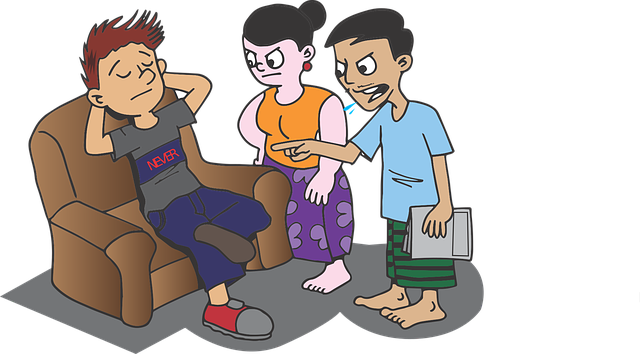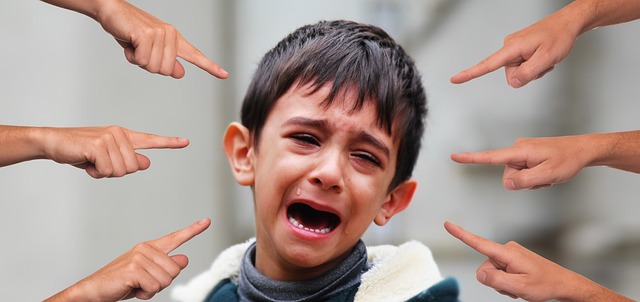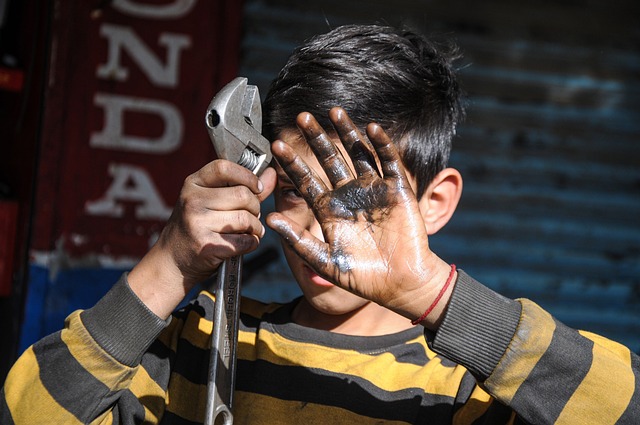How To Reduce The Effects Of Adverse Childhood Experiences
It is a very common but hidden chapter of our life. Although People suffering from some adverse childhood experiences have some trauma in their adulthood. But the childhood period has an impact on the whole life or for a long time effect. So any kind of effect is not controlled by the child himself. We are just trying to explore some of the major effects of adverse childhood experiences and their long-term effects in writing.
Circumstances
It depends on the nature of the children’s parents, teachers, and guardians. How about the atmosphere where child survives their childhood towards adulthood or mature life? Any good or bad happening has a great impact on life. So here we are exploring if there is some unfortunate in childhood Also, try to find the appropriate ways of how to reduce the effects of adverse childhood experiences.
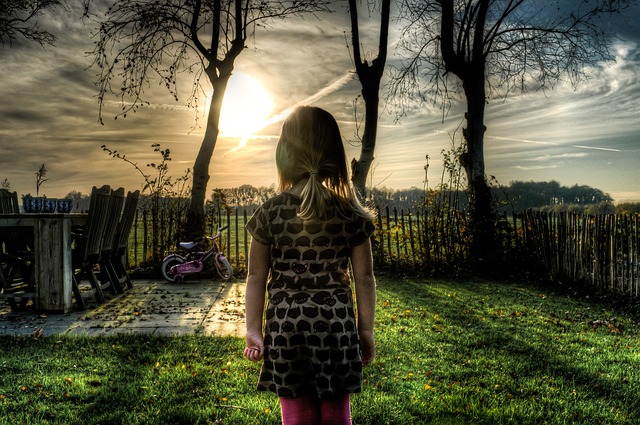
The hard fact of this modern era
A bitter reality is that there is a large number of this kind of children who experience such unfortunate experiences in their childhood. These bad experiences are the game changers’ role in their life. Indulge in these after-effects for almost the whole life or a long period. These worse childhood experiences are different types, for example, the witness of parents’ fights, someone committing suicide, parental abuse, too much beaten by parents or teachers, or elder siblings. Also neglected and ignored by parents. So there are several things which being parents and teachers or guardians are not consider, but it brings long-lasting impact on children whole life. These mental trauma and toxic stress incidents refer to the child’s adverse experiences.

According to the researchers and observes elaborate the effects in two categories:
Adverse childhood Long-term effects
Adverse childhood long-term effects usually refer to mental illness situations depression and anxiety are the common signs that are long-lasting. And if we do not sort the particular issues from the root cause, then, unfortunately, it goes on with life.
It may lead to bad or unhealthy habits in children and adults if they are influenced by bitter experiences. These include excessive eating, more video gaming, less social interaction, abusing and fighting nature with somehow drinking and smoking, etc. These habits cause poor health and invitational of dangerous diseases.
Adverse childhood Short-term effects
So far, there are short-term effects that bring some change in the attitude and behaviour of children, but it can be controlled by the elders or guardians or by the children themselves.
Short-term effects also come due to inconsistent and temporary childhood adverse experiences. Somewhere children experience some bad happening but later come back to normal life as children age, used to forgetting everything by engaging in other activities.
This is also a form of anxiety and depression. One of the major worse effects of these two problems is also on stomach and food intake. So food disorders also could be possible within the people.
The effects of adverse childhood experiences on brain development
The human brain can adjust its structure to familiarize itself with certain experiences. This is one of the alarming things in this situation. When a child is suffering from some of the adverse incidents, then for sure it causes some sort of mental illness. So the child becomes challenged in their personality. Toxic stress due to adverse experiences is also a prime example of it.

Best Strategies to Mitigate the Impact of Adverse Childhood Experiences on American Individuals
The human brain is very adjustable. Changes in any type of surroundings can be adapted by the brain with time. Adverse Childhood Experiences can have long-lasting effects on an individual’s physical, emotional, and psychological well-being. These experiences encompass various forms of abuse, neglect, household dysfunction, and other traumatic events during childhood. Unfortunately, Adverse Childhood Experiences are prevalent across the United States, affecting a significant portion of the population. However, effective strategies and interventions can help reduce its impact and promote healing and resilience among those affected.
So let’s dig around the best practice strategies and provide guidance on them.
1. Raising Awareness: The first step towards addressing Adverse Childhood Experiences is to raise awareness about their prevalence and the potential consequences they can have on individuals’ lives. So through promoting education and understanding, communities can create a supportive environment that encourages empathy and compassion for those who have experienced this phase of life.
2. Early Intervention and Prevention: This plays a vital role in reducing the impact of Adverse Childhood Experiences. That’s the reason behind healthcare providers, educators, and social workers should receive training to recognize signs of trauma and respond appropriately. Implementing screening programs can help identify at-risk children at an early stage.
3. Strengthening Family Support Systems: An important aspect of reducing the effects of Adverse Childhood Experiences. Providing parents and caregivers with education and resources on positive parenting techniques, stress management, and conflict resolution can contribute to healthier family dynamics and more nurturing environments for children.
4. Accessible Mental Health Services: Such kind of services are critical for individuals who have experienced Adverse Childhood Experiences. Also, Increasing funding for mental health programs, improving access to counselling services, and reducing stigma surrounding mental health are essential steps toward supporting those affected by Adverse Childhood Experiences.
5. Trauma-Informed Care: Adopting a trauma-informed approach across various sectors, including healthcare, education, and criminal justice, is crucial. That’s why the eligibility of professionals in these fields should be well-trained and certified to recognize and respond to trauma in a sensitive and supportive manner. This approach involves creating safe and inclusive environments that promote healing and resilience.
6. Building Resilience: Promoting resilience in individuals who have experienced Adverse Childhood Experiences is crucial to mitigating their effects. Afterwards, applying cognitive-behavioural therapy, support groups, mentoring programs, and recreational activities are helpful. These interventions help individuals develop coping skills, build self-esteem, and establish healthy relationships.
7. Community Engagement: Community involvement and support are essential for individuals impacted by Adverse Childhood Experiences. Building strong social connections, fostering community engagement, and establishing safe Childhood Experiences for sharing experiences can reduce the isolation and stigma often associated with Adverse Childhood Experiences. Community organizations and initiatives can provide valuable resources, support networks, and advocacy for individuals affected by Adverse Childhood Experiences.
8. Education and School-Based Interventions: Schools play a vital role in supporting children who have experienced Adverse Childhood Experiences. Implementing trauma-informed practices, such as training teachers and staff to recognize and respond to trauma, establishing supportive school climates, and providing counselling services, can create a nurturing and empowering educational environment.
9. Policy and Legislative Changes: Certainly, addressing the issue of Adverse Childhood Experiences requires systemic changes at the policy level. This is also because governments and policymakers should prioritize the well-being of children and families by investing in programs that prevent Adverse Childhood Experiences, increase access to mental health services, and provide comprehensive support for those affected.
10. Long-Term Follow-Up and Monitoring: Continuous monitoring and evaluation of interventions are crucial to assess their effectiveness and make necessary improvements. Long-term follow-up with individuals impacted by Adverse Childhood Experiences can help identify ongoing needs and support them as they navigate adulthood.
